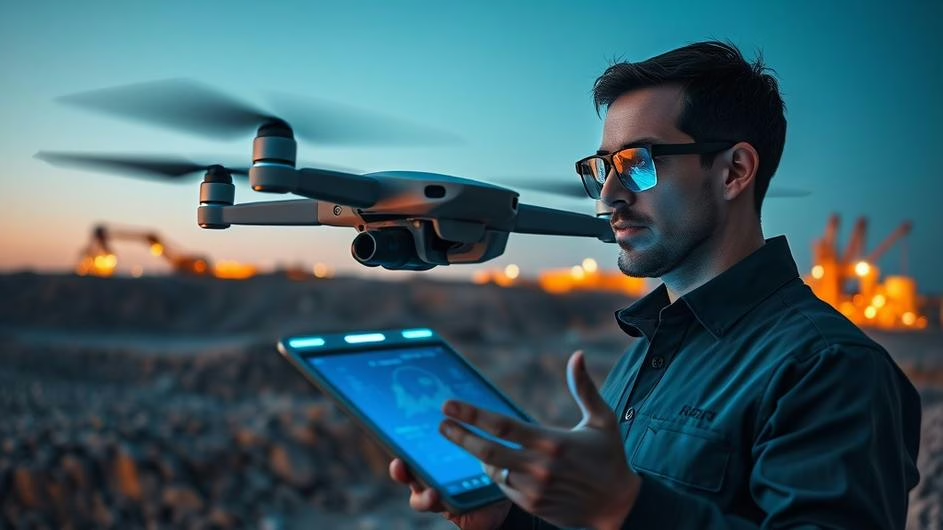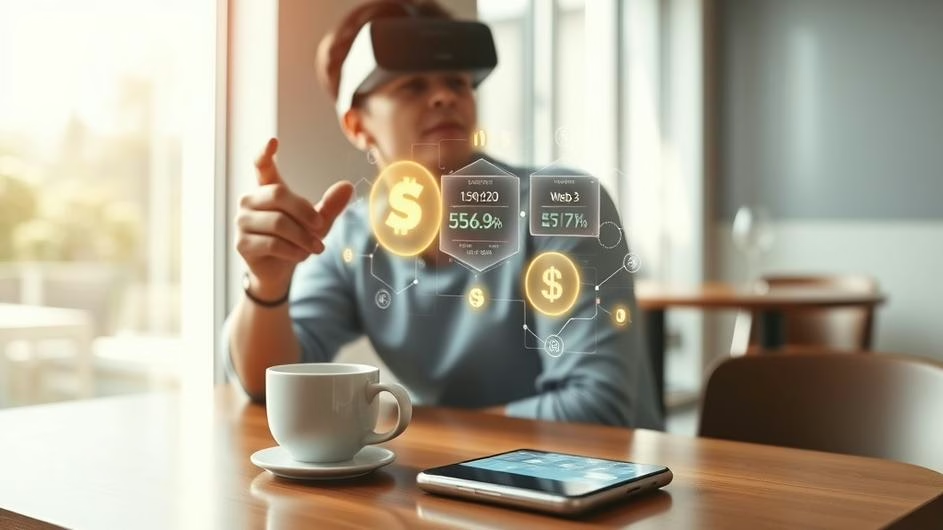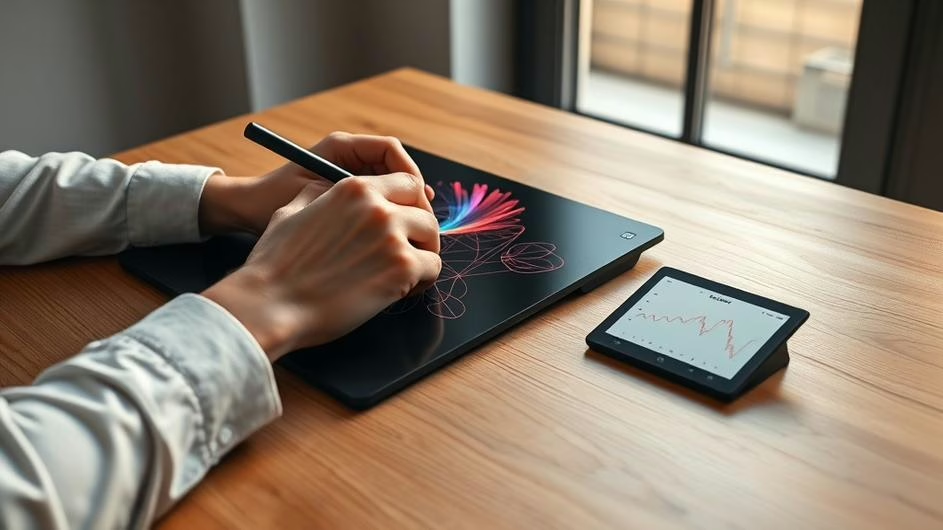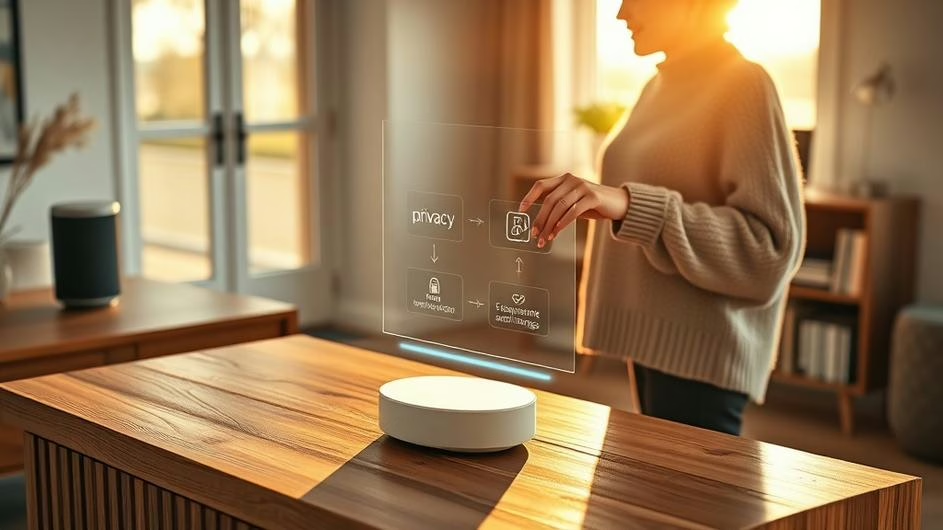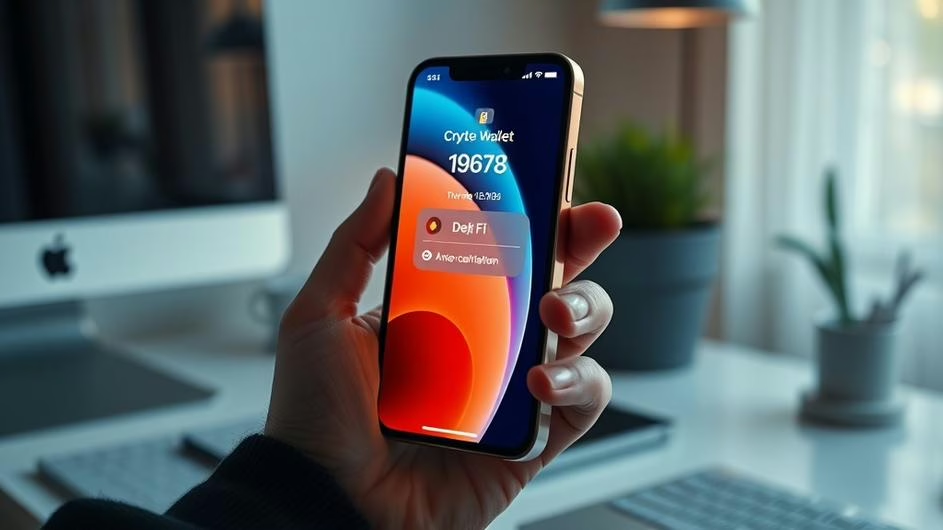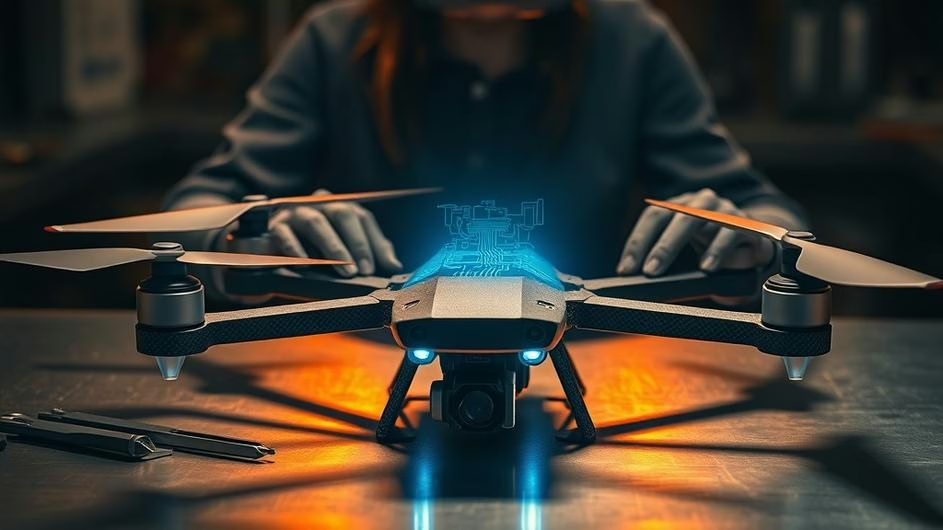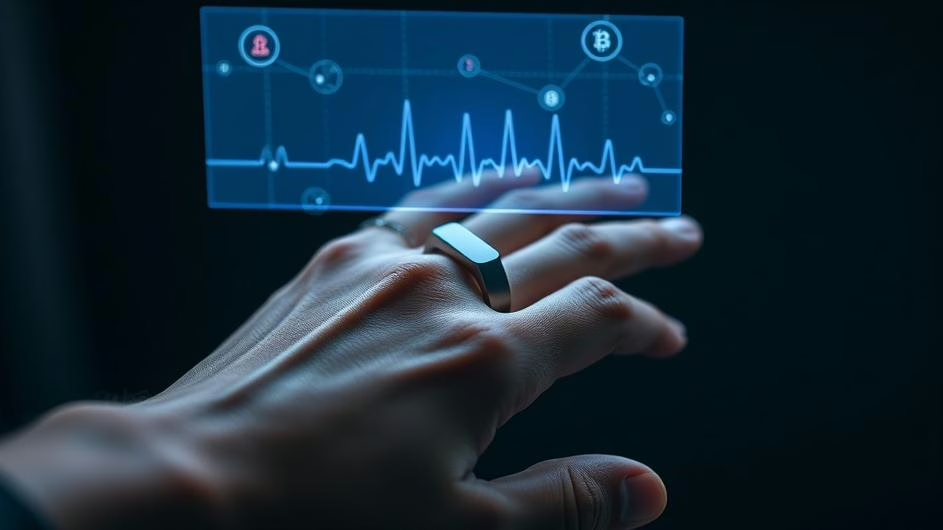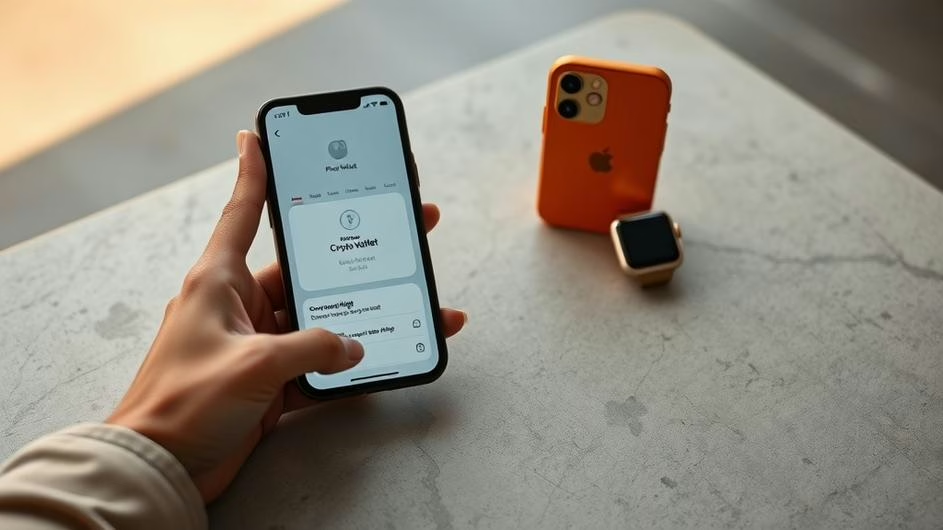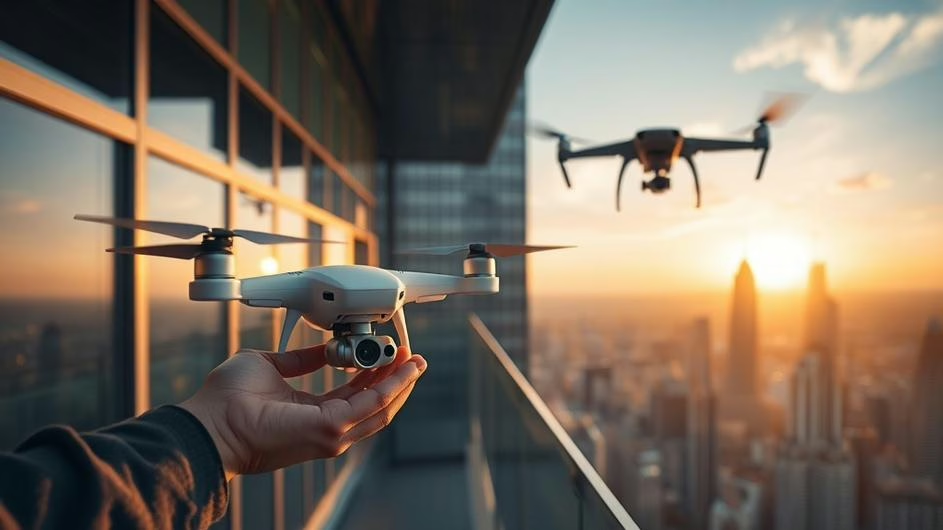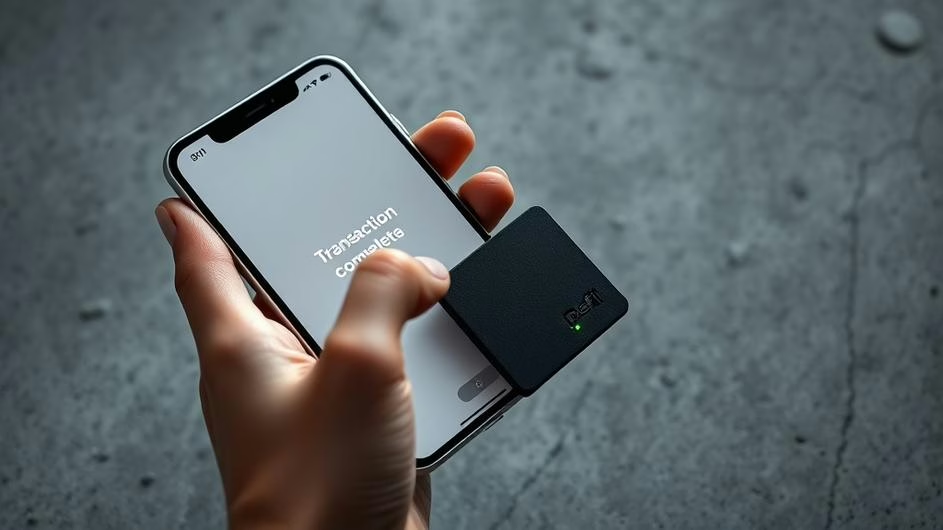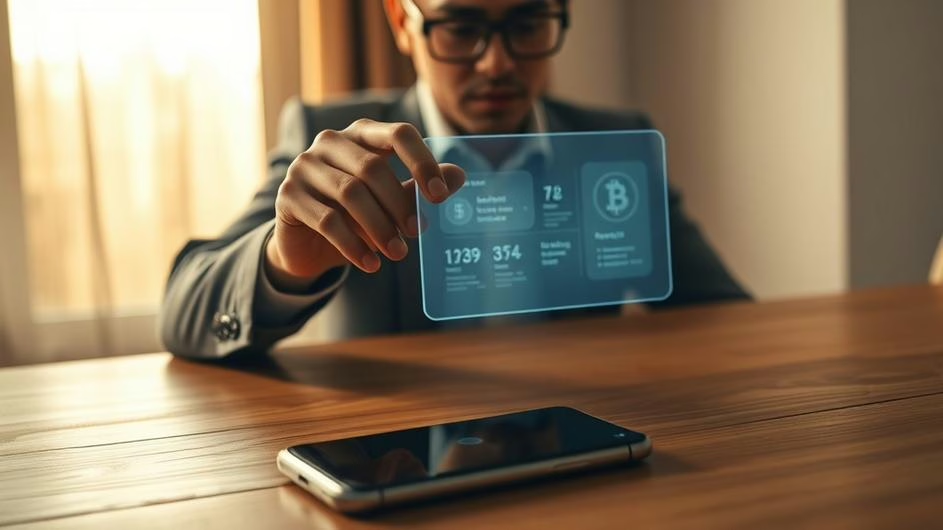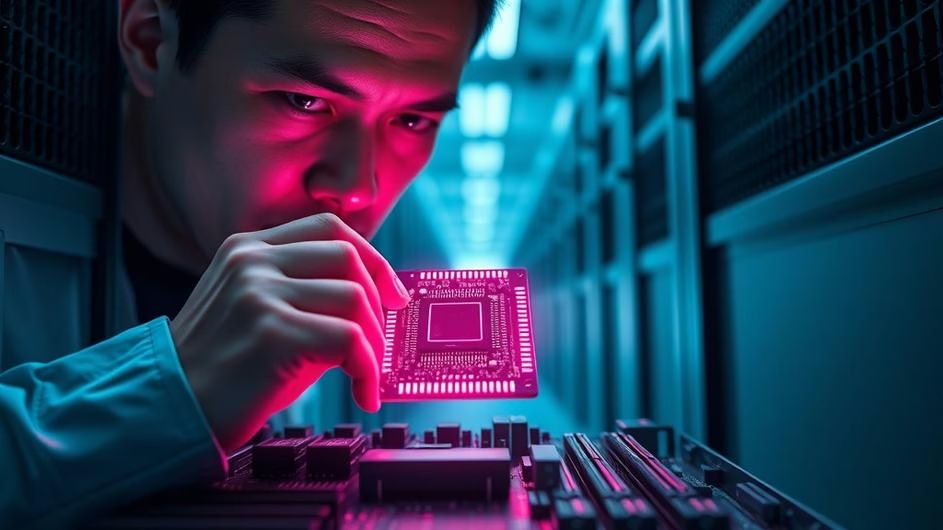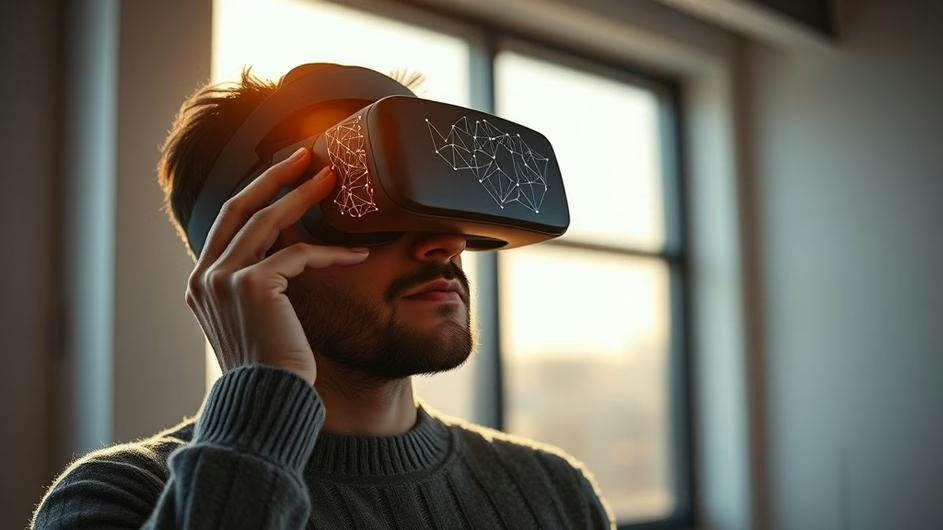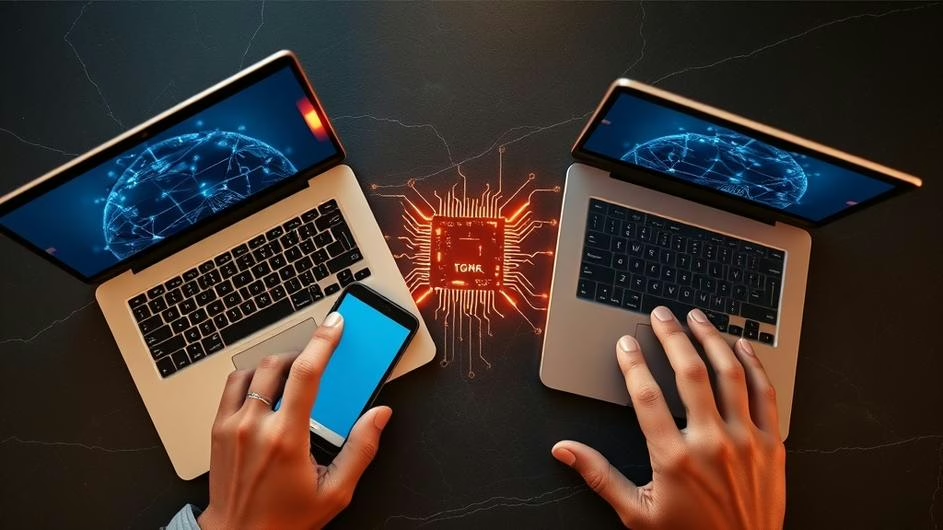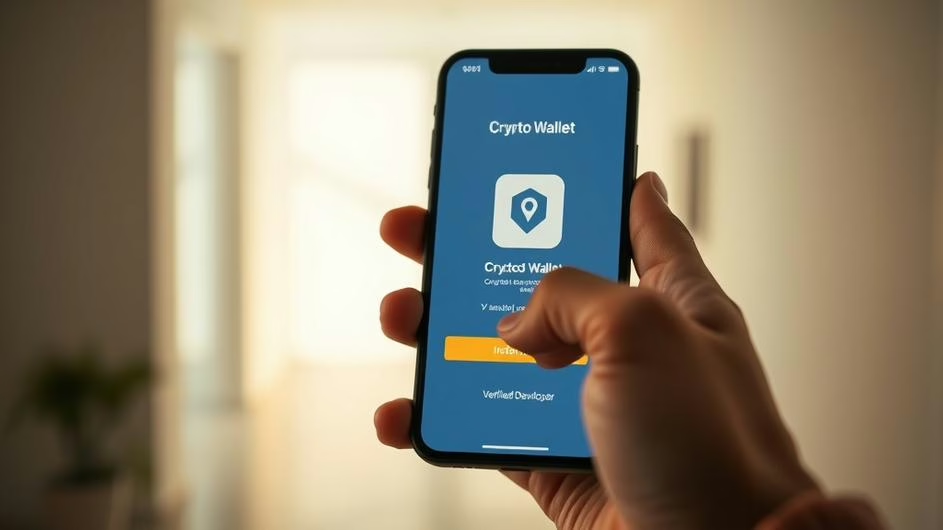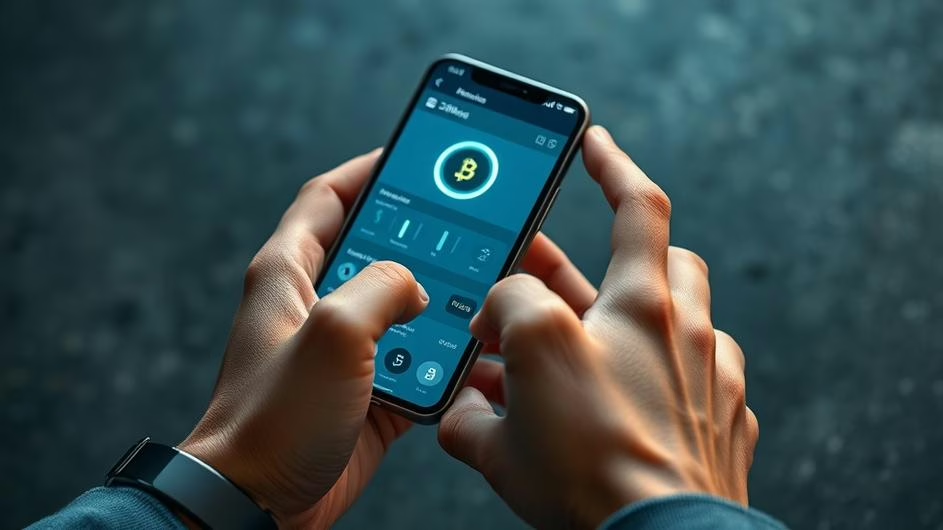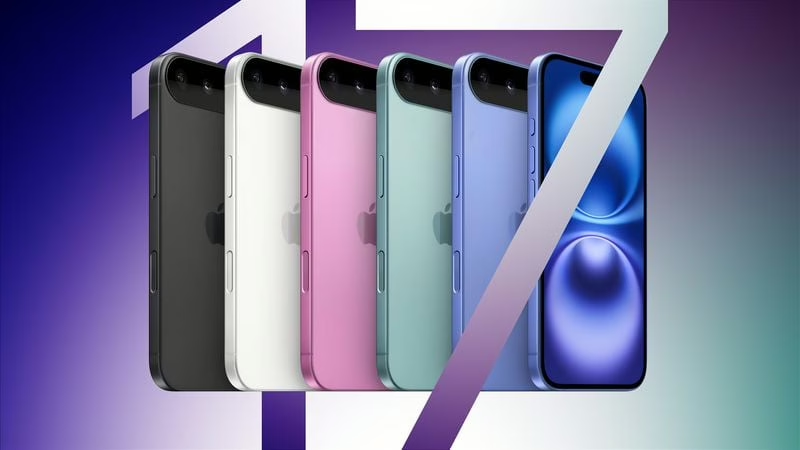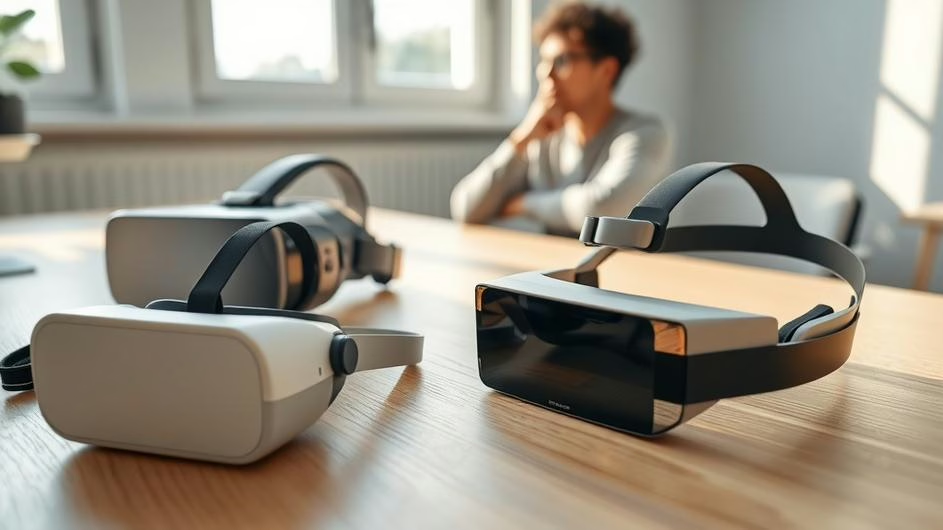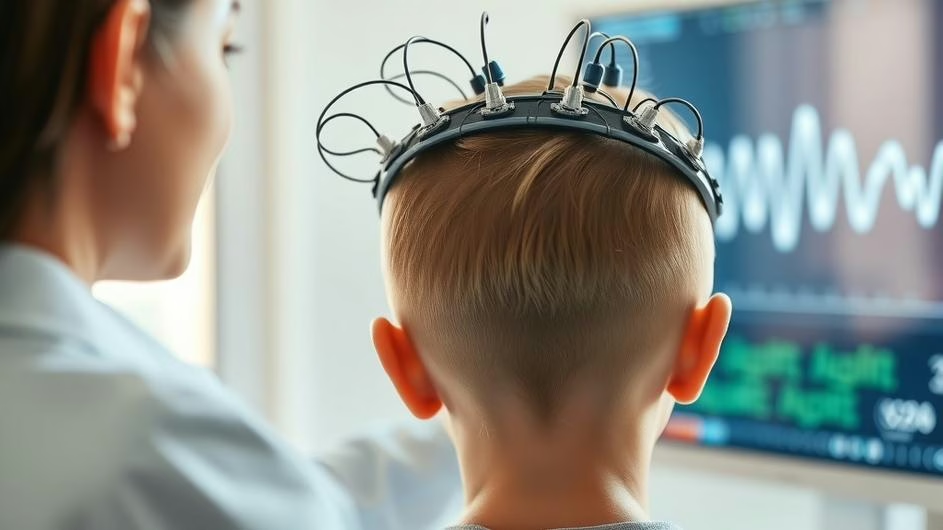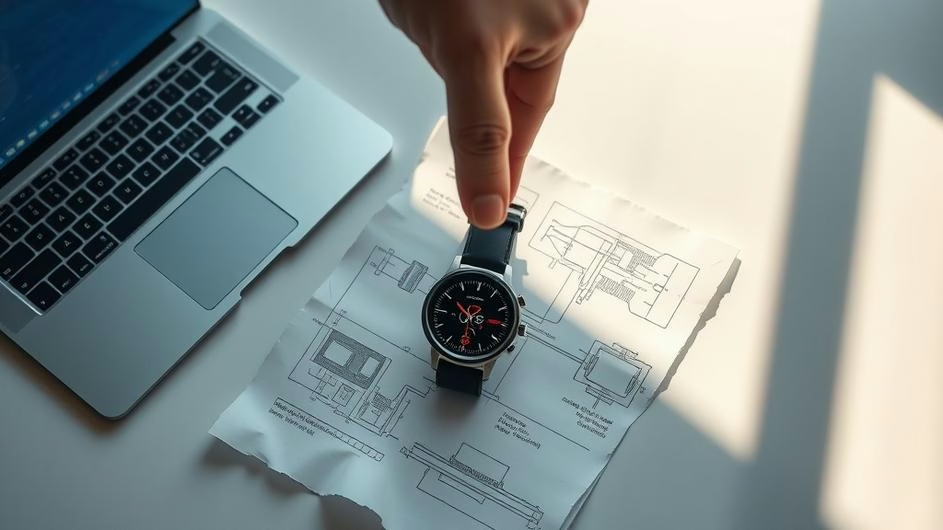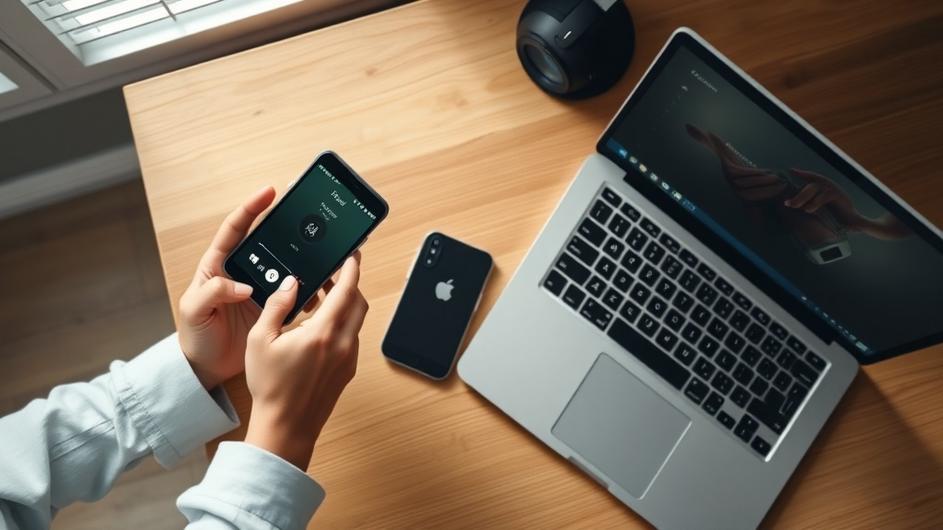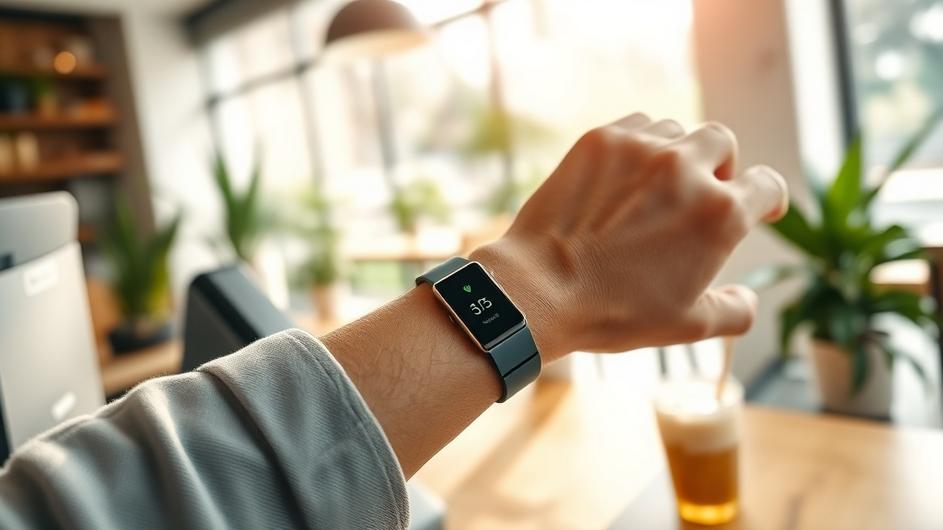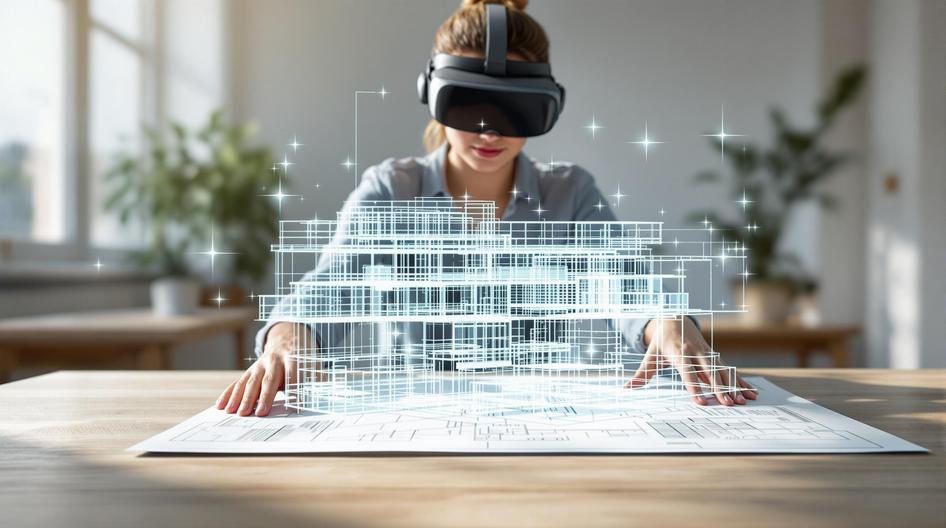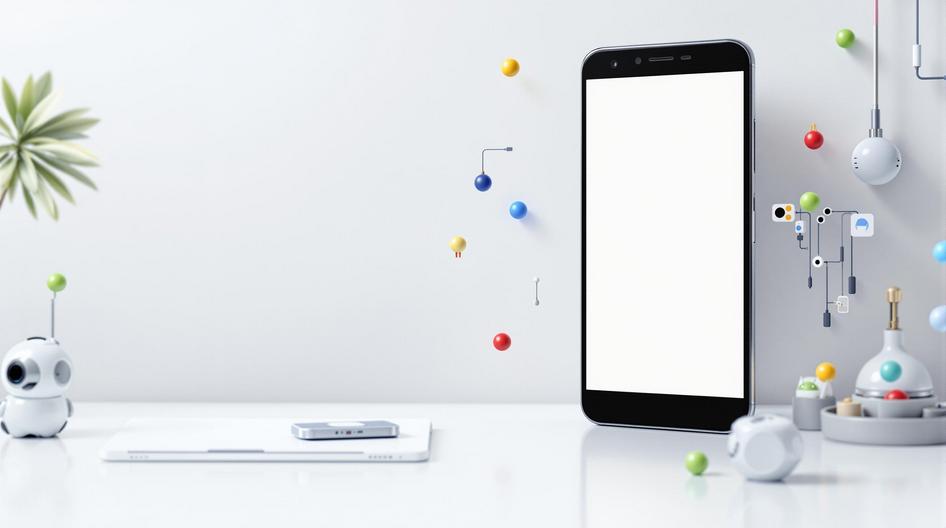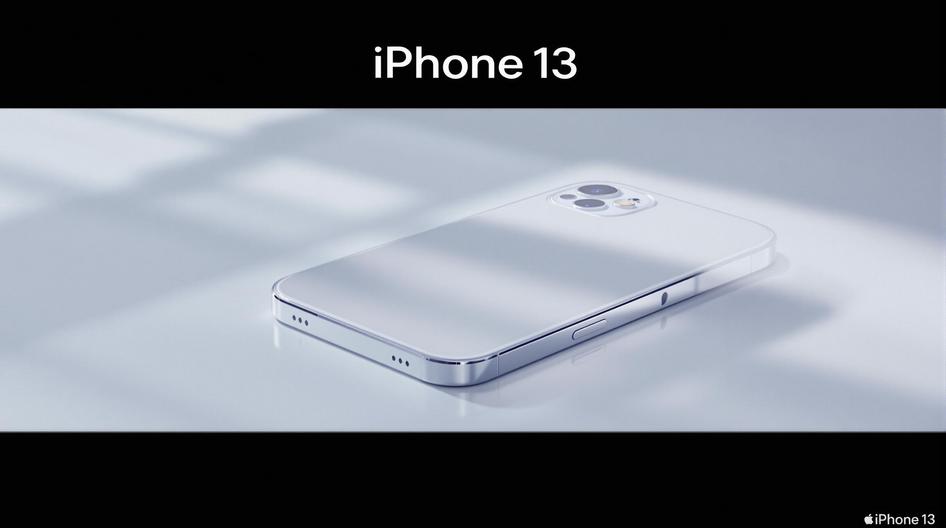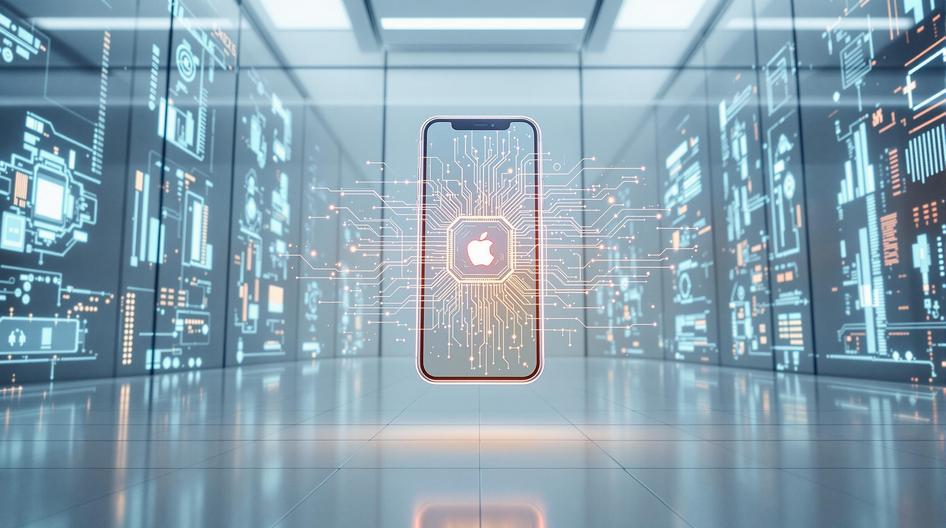
The iPhone 17 Era: How Apple’s Latest Launch Signals a New Chapter for AI-Driven Devices and Crypto Innovation
Apple’s September events always generate buzz, but this year’s iPhone 17 unveiling feels different. Sure, we’re getting new hardware, but the real story isn’t about faster chips or better cameras. It’s about Apple betting big on artificial intelligence and creating devices that could fundamentally change how we interact with Web3 applications and crypto tools.
What’s Actually New in the iPhone 17 Lineup
On September 9, 2025, Apple dropped four new devices that tell an interesting story about where mobile computing is headed. The iPhone 17 series includes the standard iPhone 17, the brand-new iPhone 17 Air, plus the Pro and Pro Max variants.
The standout isn’t just the specs, though those are solid. Every device in this lineup comes loaded with Apple Intelligence, the company’s AI suite that’s designed to work directly on your device. This isn’t cloud-based processing where your data gets shipped off to some server farm. Everything happens locally, which should make crypto developers and privacy-conscious users pretty happy.
Let’s talk numbers for a second. The base iPhone 17 keeps things accessible while packing some serious neural processing power. It’s not just about having AI features, it’s about democratizing them. When crypto wallet developers can tap into sophisticated on-device machine learning, we start seeing possibilities for smarter transaction monitoring, better phishing detection, and context-aware DeFi interactions.
The iPhone 17 Air steps things up with a 6.5-inch Super Retina XDR display and Apple’s A19 Pro chip. According to CNET’s first look, the camera system includes a 48-megapixel main shooter with both 1x and 2x optical zoom. But here’s what’s really interesting: the Pro and Pro Max models are getting redesigned cases, larger displays (6.3 and 6.9 inches respectively), and up to double the base storage.
Why This Matters for Crypto and Web3
Here’s where things get interesting for anyone working in blockchain or developing decentralized applications. Apple’s pushing AI capabilities down to the developer level, which opens up some fascinating possibilities.
Imagine crypto wallets that can predict when you’re about to make a transaction and pre-populate gas fees based on network conditions. Or DeFi apps that use pattern recognition to warn you about suspicious smart contracts before you interact with them. These aren’t science fiction scenarios anymore, they’re the kind of features we could see rolling out as developers get access to advanced mobile AI capabilities.
The hardware improvements matter too, especially for Web3 applications that demand serious computational power. The Pro models are getting better thermal management and extended battery life. If you’ve ever tried running a blockchain node on a mobile device or used AR applications for extended periods, you know how quickly devices can overheat and drain batteries.
Apple’s also making a strategic move by shifting most iPhone production for U.S. markets to India. This isn’t just about avoiding tariffs (though that’s part of it). It’s about building resilience into supply chains, something the blockchain community understands well. Decentralization isn’t just a software concept, it applies to manufacturing too.
The Economics of Premium Mobile Computing
Let’s be real about pricing. The iPhone 17 keeps the same entry-level price as its predecessor, but the Pro models are getting more expensive. However, MacRumors reports that Apple’s doubling base storage across the Pro lineup, which actually makes the price increase more palatable.
For crypto investors and developers, this extra storage isn’t just nice to have, it’s essential. Encrypted backups, multiple wallet configurations, and media-rich NFT collections all eat up space quickly. When you’re managing serious crypto portfolios or developing dApps that need to store significant amounts of data locally, having that headroom matters.
There’s also a pattern here that’s worth noting. Apple typically introduces premium features on Pro models first, then brings them to the broader lineup in later generations. The Dynamic Island and Action Button both followed this path. Expect the same thing to happen with AI features. What’s exclusive to power users today becomes standard equipment tomorrow.
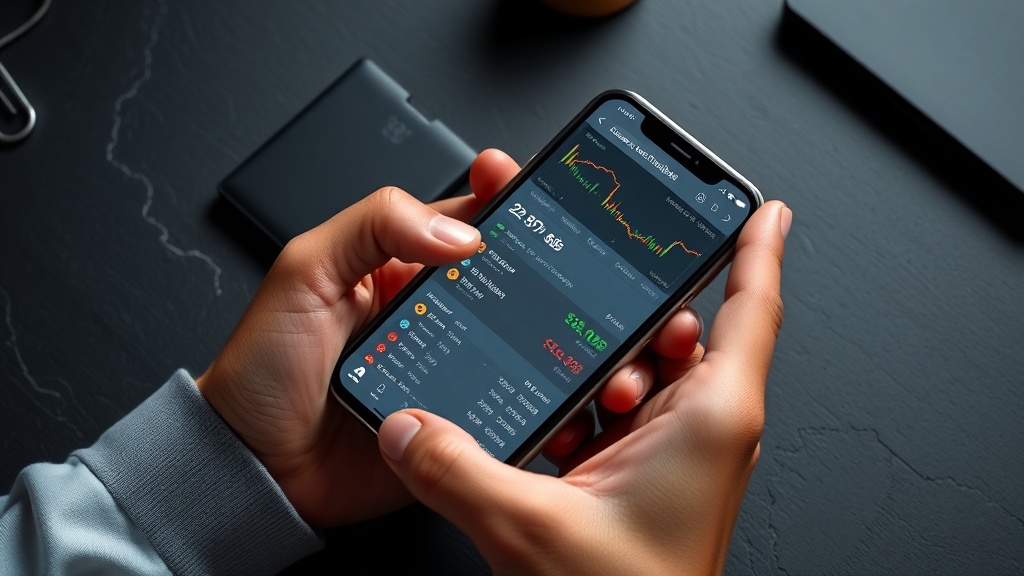
Looking Ahead: Mobile Devices as Web3 Gateways
The iPhone 17 launch represents something bigger than just another product cycle. We’re seeing mobile devices evolve from passive endpoints to active participants in decentralized networks.
Apple’s opening up more AI APIs to developers, which creates unprecedented opportunities for integrating secure hardware with next-generation crypto protocols. Think about biometric authentication for decentralized exchanges that doesn’t require sending your fingerprint data anywhere. Or native iOS support for tokenized credentials that work across different blockchain networks.
Compare this to TechCrunch’s analysis of the complete iPhone 17 lineup, and you’ll see that Apple isn’t just iterating on existing features. They’re building the foundation for applications we haven’t even imagined yet.
The timing feels significant too. As traditional finance continues warming up to crypto and Web3 technologies mature, having powerful, AI-enabled mobile devices could accelerate mainstream adoption. When your phone can intelligently manage complex DeFi strategies or seamlessly interact with blockchain networks, the barriers to entry start disappearing.
What This Means for Developers and Users
For developers building in the crypto space, the iPhone 17 series represents a significant upgrade in available computing power and AI capabilities. The combination of local processing, enhanced security, and expanded developer APIs creates opportunities for more sophisticated applications.
Users get the benefit of devices that can handle increasingly complex tasks without sacrificing privacy or security. As CNET’s comparison guide suggests, the improvements over previous generations are substantial enough to matter for anyone doing serious work on mobile devices.
The convergence of AI-powered hardware and evolving crypto infrastructure suggests we’re entering a new phase of mobile computing. Your smartphone isn’t just a communication device anymore, it’s becoming a gateway to decentralized networks, an AI assistant, and a secure computing platform all rolled into one.
Apple’s bet on AI-driven devices could pay off big, especially as blockchain technologies continue maturing and finding mainstream applications. The iPhone 17 series might just be the hardware foundation that makes Web3 finally feel ready for everyday users.
Sources
- “Apple unveils iPhone 17, including first-ever iPhone Air,” ABC News, September 9, 2025
- “iPhone 17 First Look: Better Specs, A Brighter Screen and Camera Upgrades,” CNET, September 9, 2025
- “All of the iPhone 17 models compared,” TechCrunch, September 9, 2025
- “Buy an iPhone 16 or Wait for the iPhone 17? Here’s How They Might Compare,” CNET, September 8, 2025
- “Base iPhone 17 Pro Could Cost $200 More But With Doubled Storage,” MacRumors, September 4, 2025

